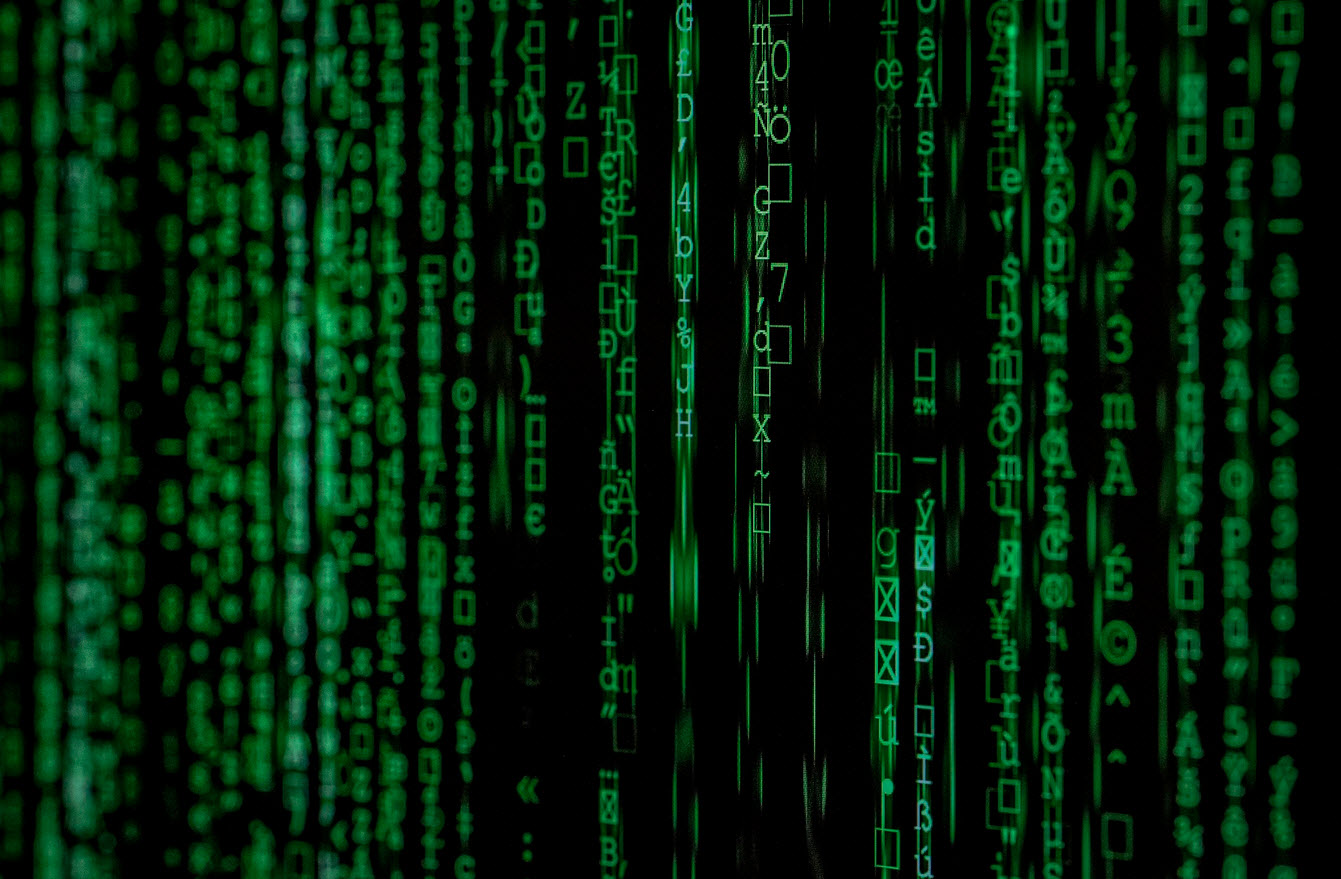
On October 5, 1991, Linus Benedict Torvalds, a graduate student from the University of Helsinki in Finland, announced in a Usenet newsgroup that he had created a small UNIX-like operating system called Linux. Today Linux has stepped into the spotlight as a complete UNIX-like operating system.
Its cost is low and its source code is open. Linux has been ported to many hardware platforms, many softwares (some are free or well-known) have been developed for execution on Linux.
Some Common Features of Linux are:
1. Multiuser
- Linux maintains multiple user accounts, and allows multiple users to log in and use the system simultaneously.
- Different users can set different working environments (e.g., different desktop interfaces).
2. Multitasking
- Linux can manage to run multiple programs at the same time.
- It can run background processes called daemons.
3. Graphical User Interface (X Window System)
- Linux supports a powerful framework for graphical applications interface. This framework is called X Window System (or simply X).
- There are several desktop environments and many desktop managers. (Red Hat provides several desktop managers, but focuses on GNOME and KDE desktop environments.)
4. Hardware support
- Linux supports nearly all types of hardware (e.g., floppy disk drives, CD-ROMs, removable disks).
5. Networking connectivity
- Linux supports a variety of communication devices (e.g., LAN cards, modems, and serial devices).
- Linux supports a variety of communication protocols in all the layers (e.g., TCP/IP for the Internet, IPX for Novell networks).
6. Network servers
- Linux is stable, so it can run servers to provide services to clients.
7. Application support
- Linux is compatible with POSIX and several application programming interfaces (APIs), so there are many freewares and sharewares for execution on Linux.








